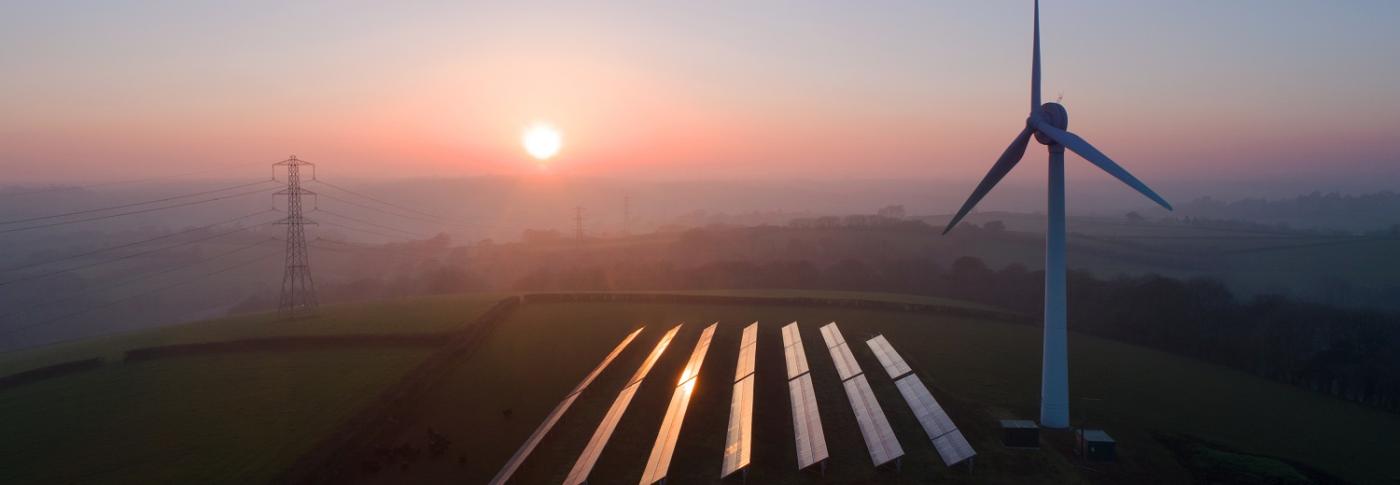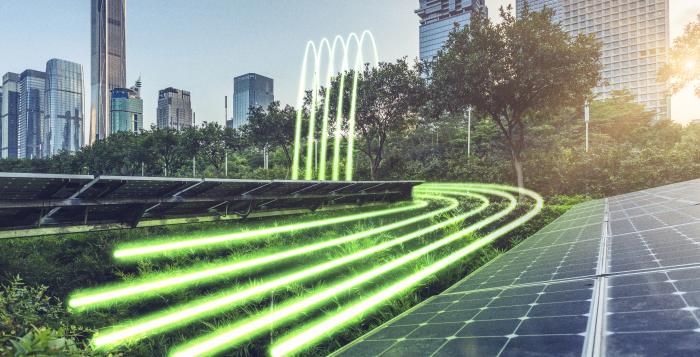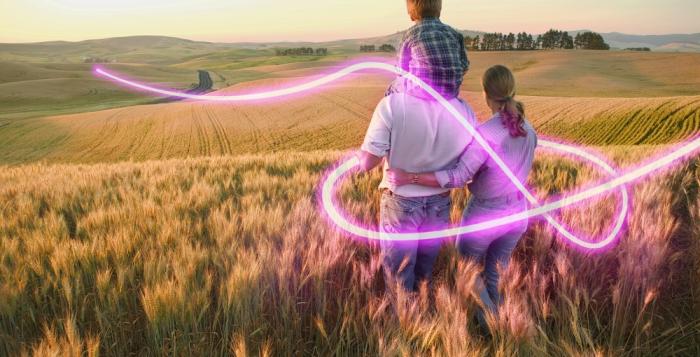We hear a lot about net zero and zero carbon but what are they exactly and what’s the difference between the two?
What is net zero?
In 2019, the UK government became the first major economy to pass a net zero emissions law. And with it, a target that will require the UK to bring all greenhouse gas emissions to net zero by 2050.
Net zero means that any carbon emissions created are balanced (kind of cancelled out) by taking the same amount out of the atmosphere. So we’ll reach net zero when the amount of carbon emissions we add is no more than the amount taken away.
There are many ways to remove carbon from the atmosphere – for example, you can plant trees which absorb CO2 and release oxygen.
However, as well as trying to take CO2 out of the atmosphere, it’s important to reduce the amount of CO2 that we are putting into the atmosphere in the first place.
At the ESO, we’re doing this by reducing our reliance on energy sources like coal which produce high carbon emissions. Instead, we’re increasing our use of sources like wind and solar power, which do not produce any carbon.
By reducing the system’s carbon emissions, we’re helping Great Britain to reach the wider goal of net zero.
What is zero-carbon?
National Grid ESO’s ambition is to operate a zero-carbon electricity system by 2025. But what does zero-carbon actually mean?
When carbon (CO2 or carbon dioxide) and other heat-trapping emissions are released into the air, they act like a blanket, holding heat in our atmosphere and warming the planet.
Traditional energy sources like coal and gas produce carbon dioxide among other gasses when they are burned to fuel power stations.
Zero carbon means that no carbon emissions are being produced from a product or service (for example, a wind farm generating electricity, or a battery deploying electricity).
Energy sources like wind, nuclear and solar do not create carbon emissions when they are used to produce electricity – we refer to these sources as zero-carbon.
This means if the market provides us purely with electricity generated from zero-carbon sources, we can run the system without needing to use any extra services that emit carbon. So Britain’s electricity will be carbon free.
And the difference between them?
Net zero is all about ‘balancing’ or cancelling out any carbon we produce. We reach net zero when the amount of greenhouse gas we produce is no more than the amount taken away.
Zero carbon concerns the emissions produced from a product or service – it means no carbon is given off at all. In the context of energy generation, one example would be a wind turbine creating electricity.
Our ambition is to be able to run Britain’s system carbon free if the market provides us with electricity purely from renewable sources.
Running a zero carbon grid is one important step on the road to GB’s net zero target of 2050.
The challenges to meeting our zero carbon target
What challenges lie ahead for meeting the UK government’s 2050 net zero targets? Find out more about our electricity system and our own 2025 zero carbon ambition.
How to achieve a zero carbon Britain
We move electricity around Great Britain’s electricity system and it’s our job to make sure enough low carbon electricity is available when it’s needed. Find out how you can help us get a step closer to a zero carbon Britain.
What is National Grid ESO doing to deliver a zero carbon electricity grid?
National Grid ESO is preparing Great Britain’s electricity system to be able to run purely on zero carbon electricity by 2025. Find out what we're doing to enable the Grid to run.




